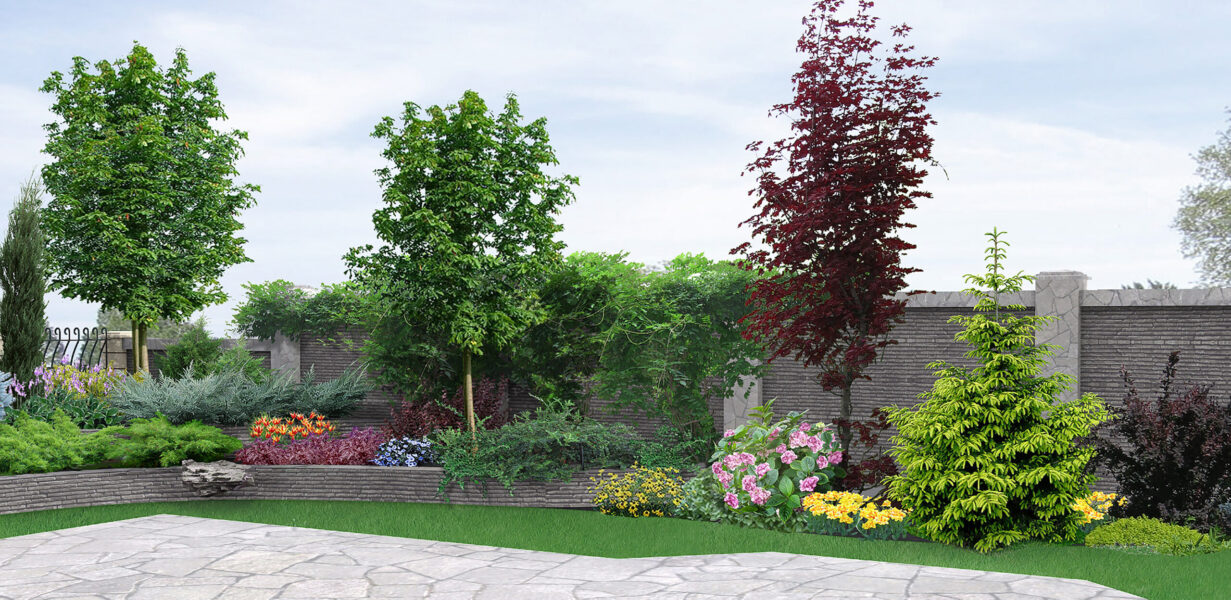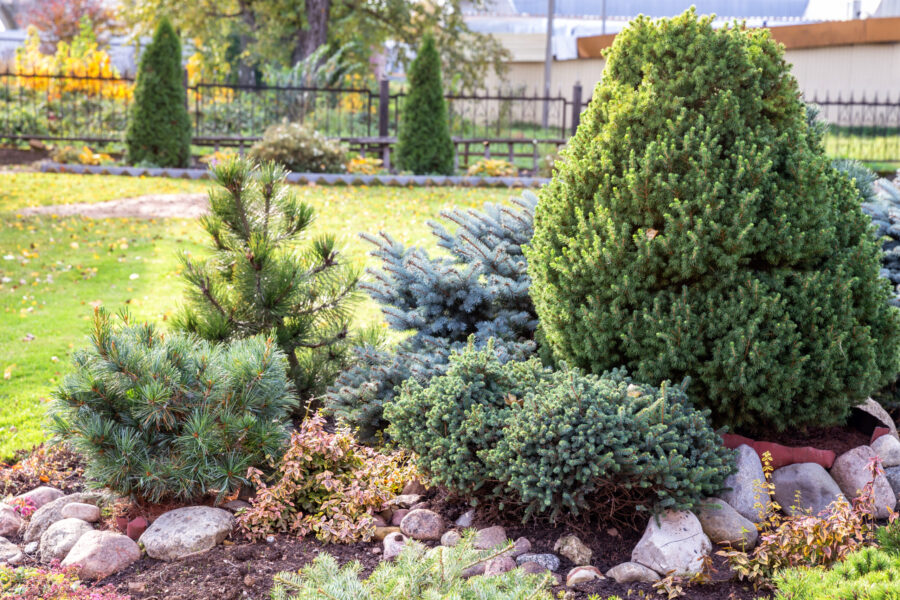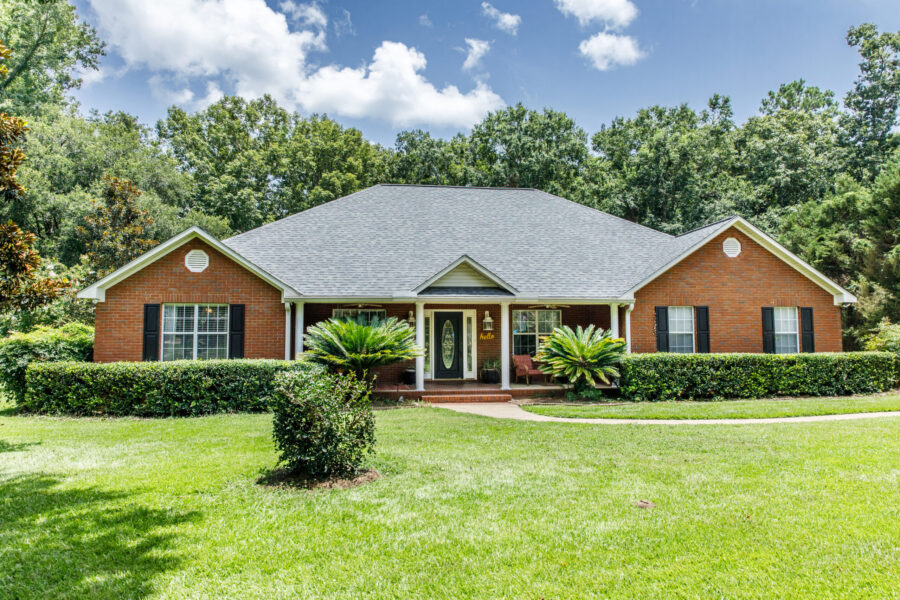Gardening is a rewarding hobby in many ways. Creating a new garden bed, raised or not, requires a bit of planning to ensure its success. These small plots of land can be used to grow decorative flowers, herbs, or vegetables—really anything you want. But first, you need take some things into consideration. And in this order:
Location
Where will you place your garden bed? Plan the location carefully because this will determine many other things about it. You have to know what you’re planting, first. If you are going to nurture something that requires shade, you will have some idea of where you need to put the garden bed. The same goes for plants that need a lot of sunlight. Make sure you don’t plop your garden into the shadiest spot in the yard in that case.
Answer these other questions as well:
- What will the length and width be? If this is a raised garden bed, plan the height as well.
- Will you need to install irrigation?
- How much soil will you need?
- Will you need to remove existing vegetation?
- If you plan on hiring a landscaper, will they have easy access to this garden?
Next, let’s talk about the soil.
Soil
Starting at the foundation, where the plant’s roots will either thrive or die, is the key to successful gardening. When your soil is rich and full of helpful nutrients naturally, there is no need for pesticides or fertilizers. Good soil is made up of quite a few elements, and you can begin planning your garden bed by testing it. There are several kinds of soil testers you can find that will check things like pH levels, potassium levels, and more. The ideal time to test your soil is in spring or autumn.
Fixing Poor Soil for Your Garden Bed
If your soil tests come back less than ideal, the good news is that you can fix it (or you can call us to fix it for you!) The best, easiest, and fastest way to improve your soil is to add organic matter to it. This can be mulch, manure, or your own compost. Organic matter will improve the texture and the structure of the soil, and you won’t have to rely on harsh chemicals to improve it.
Just like other living things, the soil needs air to remain healthy. Try your best not to compact the soil. As you use organic matter, you will naturally balance the soil’s air supply, so this is another crucial reason to start composting or mulching.
Healthy soil is 25% water, no more and no less. Again, organic matter typically holds enough moisture to keep water levels in the soil at an optimum level.
Organic Matter
You probably throw out lots of organic matter in your own home every day. Things like eggshells and banana peels are items that you can compost and then add to your soil. It’s a free and environmentally friendly way to keep your soil in tip-top shape. You can keep a small bin under your kitchen sink, for example, and once a week empty the container into a large compost tumbler.
Mulch is also an excellent way to improve your soil using organic matter, and it’s especially great because you can buy it just about anywhere. Mulch is simply a combination of grass clippings, hay, straw, and shredded bark. It’s another budget-friendly way to prepare your soil for a perfect garden bed.
Planting
This is the part we all dream about. Choosing and planting the actual plants – flowers, herbs or vegetables. You can spend hours at the nursery selecting just the right size, color, and variety of plants that will go in your garden bed. It’s so rewarding to see them thrive as they grow.
If you still aren’t sure where to start, don’t worry. That’s what we do here at Aisling View.
Call us today at 317-636-9408 for a free consultation. Let us worry about the soil, and you can relax and reap the benefits.
Are you on Facebook? Us, too! Let’s be friends!






Recent Comments